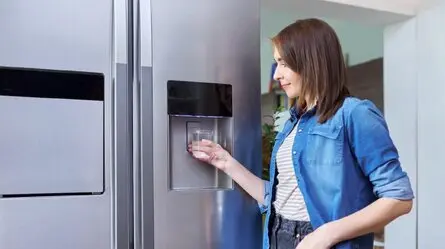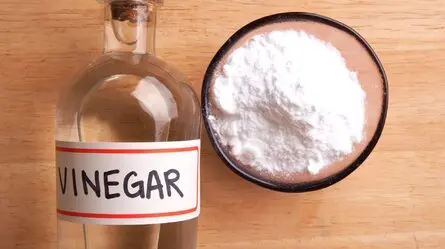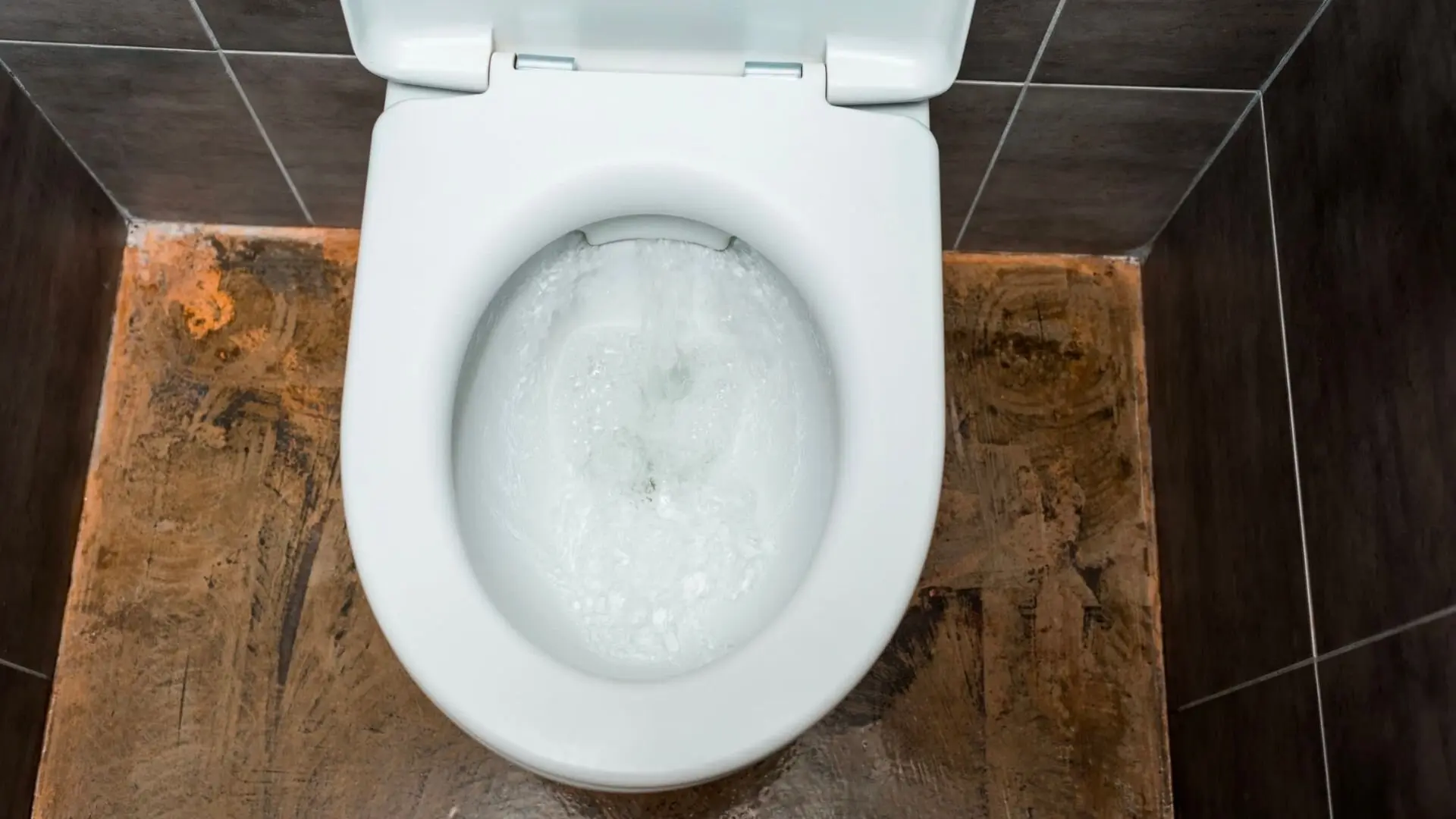
A running toilet can be both frustrating and expensive. That continuous sound of water can drive anyone mad, and let’s not forget the bigger water bill that comes with it. It’s no wonder you’d want to fix it quickly.
Luckily, fixing a running toilet doesn’t always require professional help and can often be resolved with a bit of do-it-yourself (DIY) knowledge and a few essential tools. In this blog post, we will guide you through the troubleshooting process, help you identify common causes of a running toilet, and provide step-by-step instructions on how to fix it.
So, let’s get started and end that running toilet once and for all!
Understanding the Causes of a Running Toilet
A running toilet can be frustrating, but before you can fix it, it’s important to understand what causes it. There are several potential culprits behind a toilet that won’t stop running.
One common cause is a faulty flapper, a rubber or plastic valve at the bottom of the toilet tank.
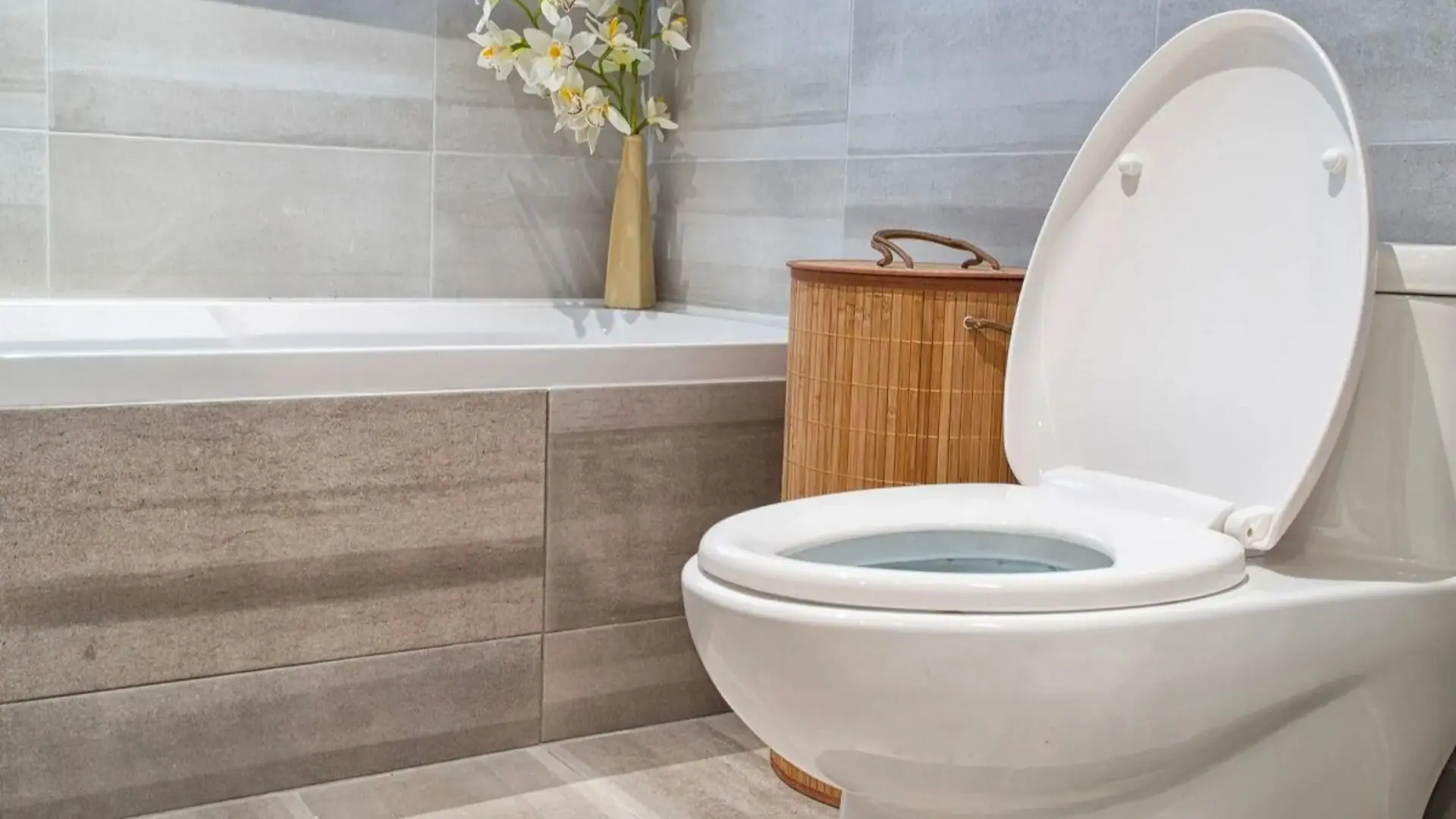
If the flapper isn’t sealing properly, water can continuously leak from the tank into the bowl, keeping the toilet running non-stop.
Another culprit might be a faulty fill valve. This part manages water flow into the tank after a flush. If it doesn’t stop the flow correctly, you’ll end up with a running toilet.
A broken or misaligned float can also cause a running toilet. The float regulates the water level in the tank, and if it’s damaged or out of position, it can prevent the fill valve from shutting off.
Common Types of Running Toilet Problems
A running toilet can be more than just an annoying sound; it can also lead to water wastage and increased utility bills. Identifying and addressing the underlying issues causing your toilet to run continuously is essential for your peace of mind and wallet. Here, we explore some of the most common types of running toilet problems:
1. Faulty Flapper Valve
A faulty fill valve or toilet flapper valve is one of the most prevalent culprits behind a running toilet. This rubber or plastic component seals the tank’s opening at the bottom. When it becomes worn or misaligned, it allows water to leak continuously into the bowl.
Flush the toilet and look for a fill valve leak. Lift on the toilet float arm when the tank fills to see if the water stops. To fix this issue, inspect the flapper and, if necessary, replace it with a new one.
2. Overflow Tube Problems
The overflow tube is designed to prevent water from overflowing the tank. If set too high or damaged, it can lead to a continuous water flow into the toilet bowl. Ensure the overflow tube is adjusted to the correct height, typically around an inch below the flush valve.
3. Fill Valve Issues
A malfunctioning fill valve can also cause a running toilet. If the fill valve doesn’t shut off properly, it refills the tank even when it’s at the right level. Check for any debris or mineral build-up in the valve and replace it if necessary.
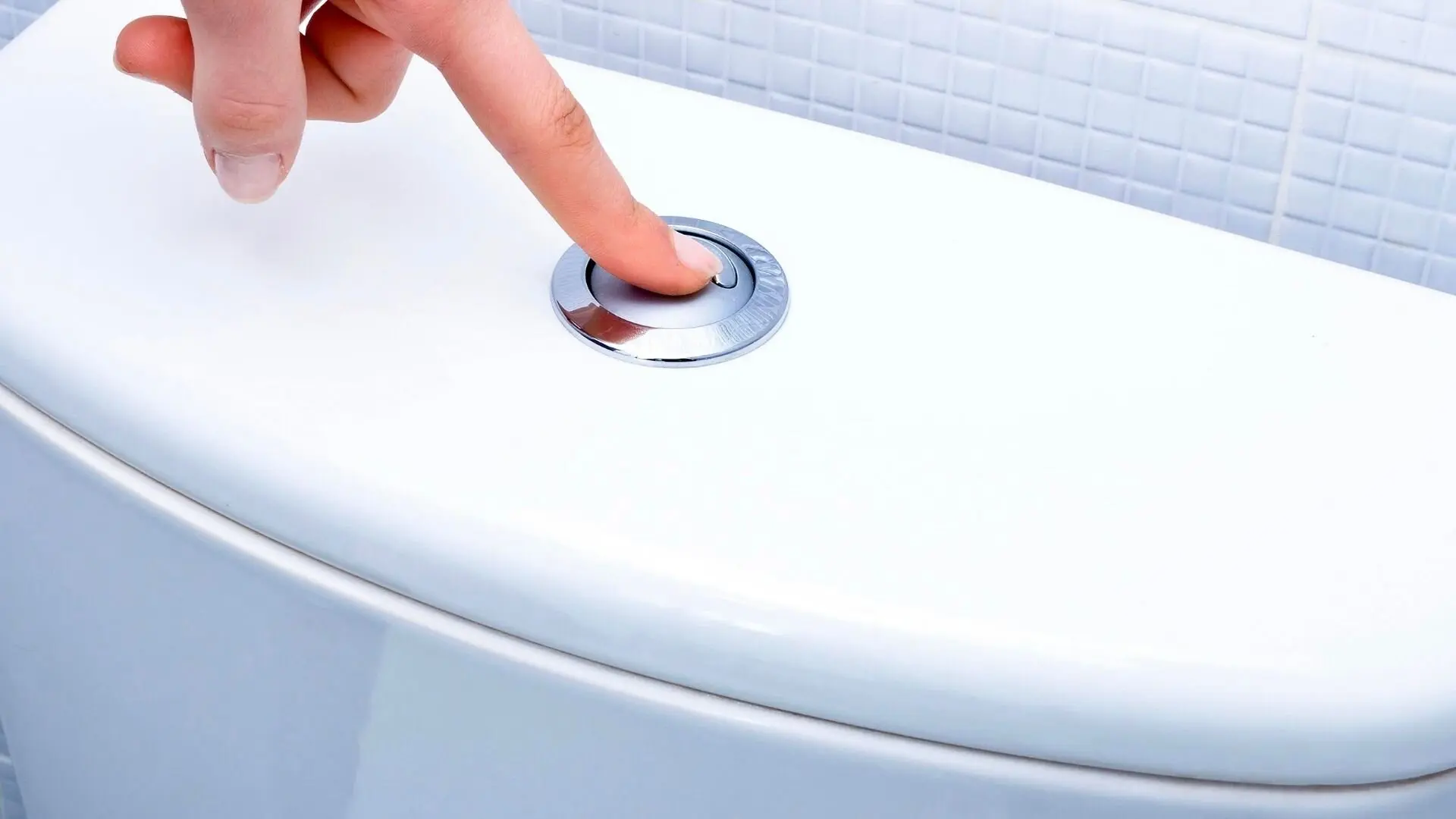
4. Flushing Handle or Chain Problems
Sometimes, the issue may not be inside the tank but with the flushing handle or chain. A loose or tangled chain can prevent the flapper from sealing correctly. Ensure the chain has the right amount of slack and the handle flushes smoothly.
5. Water Pressure Problems
High water pressure can strain your toilet’s components, leading to a running toilet. Consider installing a pressure-reducing valve to regulate water pressure and prevent damage to your plumbing.
6. Worn-out Seals
Toilets have several seals around their components to prevent leaks. Over time, these seals can deteriorate, causing water to escape. Inspect and replace any worn-out seals to maintain a watertight system.
7. Mineral Buildup
In areas with hard water, mineral deposits can accumulate in the tank’s components, hindering their proper function. Regularly cleaning and descaling the tank can help prevent this issue.
8. Leaky Fill Tube
The fill tube directs water into the overflow pipe. If it’s loose or damaged, it can lead to water continuously running into the overflow tube. Ensure the fill tube is securely attached and functioning correctly.
A running toilet is a typical household quirk, but with a little DIY know-how, it’s often easy to fix. Spotting and dealing with the issue early can save you heaps of water and cash. But if you’re not sure or need a hand, calling in a professional plumber is a wise move to keep things running smoothly.
The Consequences of Ignoring a Running Toilet
When faced with a running toilet, being familiar with the most common types of problems is helpful. One prevalent issue is a continuously running toilet, where water flows non-stop into the bowl.
This usually happens when a worn-out flapper valve can’t seal properly, letting water escape from the tank. Sometimes a toilet runs off and on, like it’s got a mind of its own.
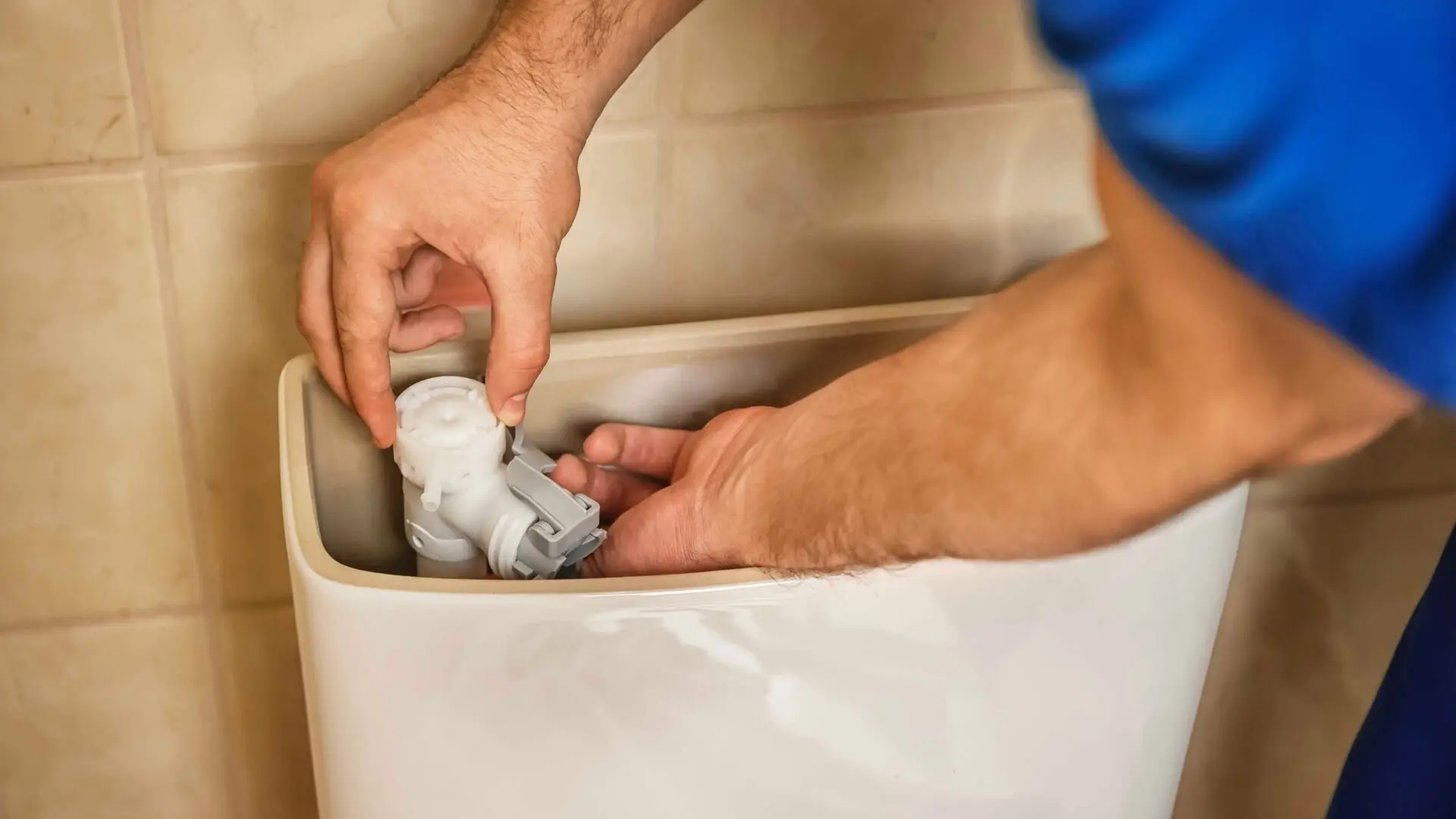
In this case, the toilet may run for a few seconds or minutes and then stop, only to start running again later. Various factors, such as a defective fill valve or a misaligned float, can cause this.
Additionally, a phantom flush is another running toilet problem. This occurs when the toilet spontaneously flushes without anyone pressing the handle. It’s typically caused by a leak in the flapper valve, which causes the tank to gradually empty and triggers an automatic refill.
Tools and Materials You’ll Need
Having the right tools and materials on hand is essential when fixing a constantly running toilet. Here are the key items you’ll need to tackle this task successfully.
First up, grab an adjustable wrench or some pliers. These will help you work on all the nuts and bolts you’ll encounter. You’ll need to unscrew the locking nut at the tank’s base to get the fill valve assembly loose.
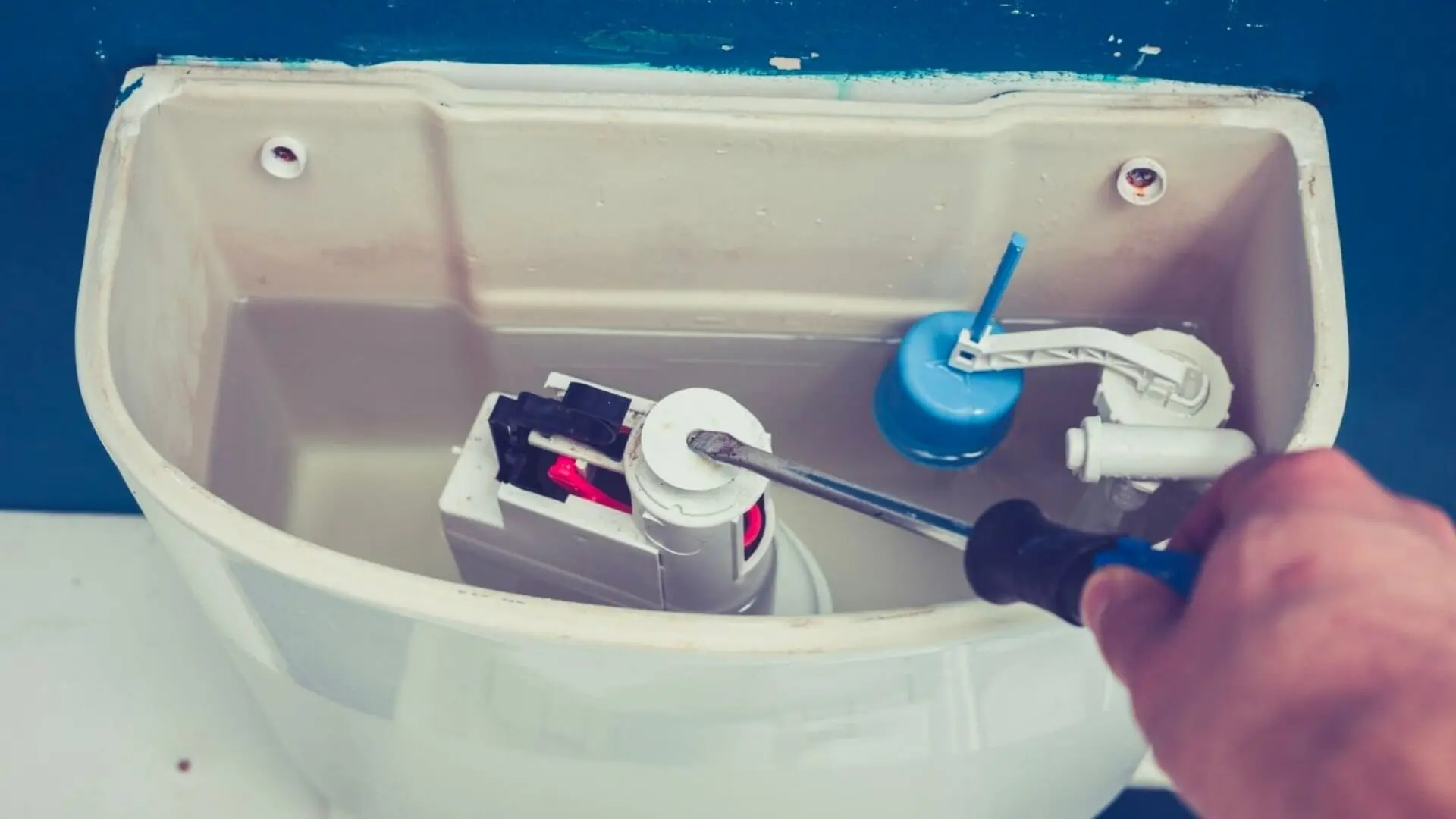
Next, you’ll require a new flapper valve. The flapper is a common culprit behind a running toilet, so having a replacement on hand is crucial.
You’ll also need a fill valve repair kit, which typically includes components like a new fill valve, float, and associated seals. A sponge or towel also helps clean up any water spills during the repair.
Lastly, don’t forget about safety goggles and gloves to protect yourself during the repair process.
Step-by-Step Guide to Fixing a Running Toilet
Is your toilet running, but you’re not chasing after it? A running toilet can be a common and annoying plumbing issue that leads to wasted water and higher bills. Fortunately, you can tackle this problem with some basic DIY skills. Follow these seven simple steps on how to fix a running toilet:
Step 1: Gather Your Tools
Before you start, ensure you have all the necessary tools and materials. You’ll typically need an adjustable wrench, a screwdriver, a replacement fill valve or flapper, and a bucket or towel to catch any water.
Step 2: Shut Off the Water Supply
Locate the water supply valve behind or beside your toilet and turn it clockwise to shut off the water flow. This will prevent any water from entering the tank during the repair.
Step 3: Empty the Tank
Flush the toilet and hold down the handle to drain the tank completely. Use a sponge or towel to remove any remaining water to ensure a dry working area.
Step 4: Check the Flapper
Inspect the flapper (the rubber or plastic piece at the bottom of the tank) for wear or damage. If it’s warped or doesn’t create a tight seal, it may cause the problem. Replace it if necessary.
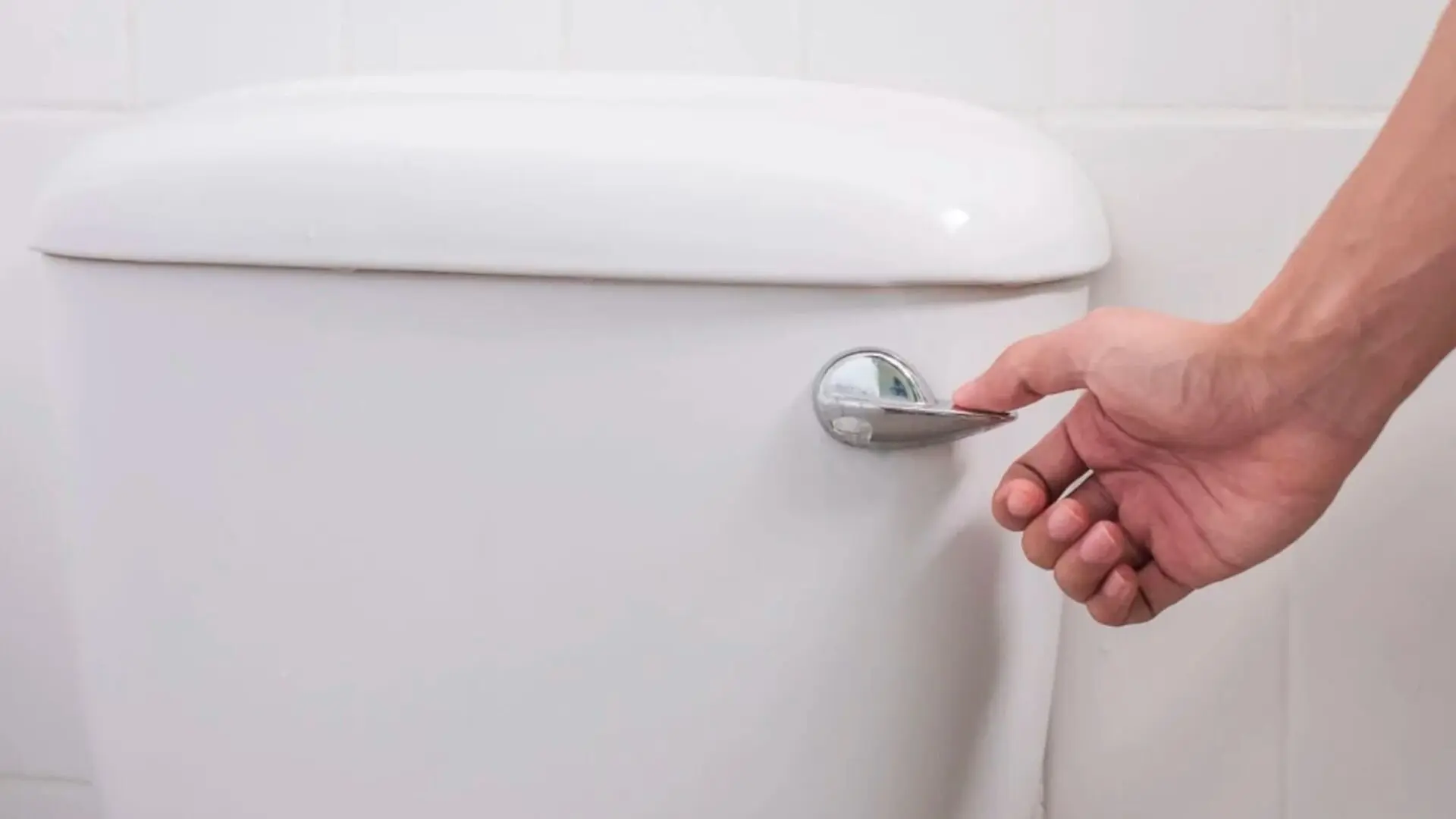
Step 5: Examine the Fill Valve
Inspect the fill valve (the assembly in the centre of the tank) for any wear or malfunction. If it’s faulty, it may need to be replaced.
Step 6: Replace Faulty Parts
If you’ve identified a faulty flapper or fill valve, follow the manufacturer’s instructions to replace the damaged components with new ones. Ensure a snug fit and proper alignment.
Step 7: Turn the Water Supply Back On
Once you’ve completed the repairs, turn the water supply line valve counterclockwise to restore water flow to the toilet. Let the tank fill, then flush to check for leaks or further issues.
At the same time, make sure that the chain has enough slack to open the flapper and that the flush rod does not strike the inside of the tank lid when flushed. Adjust the float ball if necessary to achieve the correct water level.
Flush Away Your Plumbing Worries
Knowing how to fix a running toilet is a valuable skill that can save you both water and money while preventing the annoyance of a constantly running fixture. Following the step-by-step guide, you can troubleshoot and resolve common toilet problems such as faulty flapper valves, overflow tube issues, or fill valve malfunctions. These simple DIY fixes can often rectify the situation and restore your toilet to its efficient and functional state.
However, if you ever face a more complex plumbing issue or prefer to leave the task to experienced professionals, Woolf Plumbing is here to help. Our team of skilled plumbers has a wealth of expertise in diagnosing and rectifying all plumbing problems, including those related to your toilet. We pride ourselves on delivering prompt, reliable, cost-effective solutions to ensure your plumbing system operates seamlessly.
Feel free to reach out to Woolf Plumbing for any plumbing worries or projects. Whether it’s a running toilet, a dripping tap, a blocked drain, or another plumbing issue, our skilled team is here to offer excellent service and peace of mind. We know how important a smoothly running plumbing system is in your day-to-day life, and we’re committed to delivering top-quality service to keep your home ticking over nicely.
In the end, tackling a running toilet is a manageable task for many homeowners, but it’s always good to have a trusted plumbing partner like Woolf Plumbing at your side for more extensive plumbing needs. We’re just a call away to ensure your plumbing works flawlessly, allowing you to enjoy a stress-free and efficient home environment. Contact us today for all your plumbing needs!



